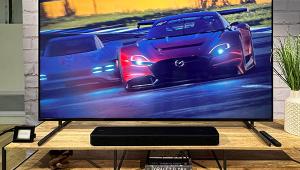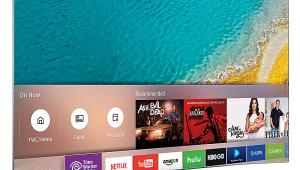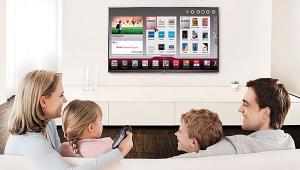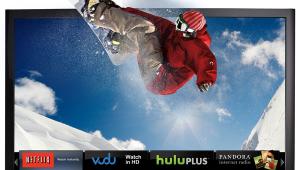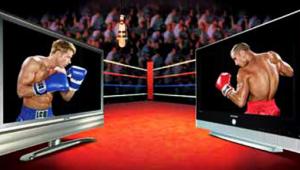Disco-Rama and Other CE Sales Lingo You Need to Know
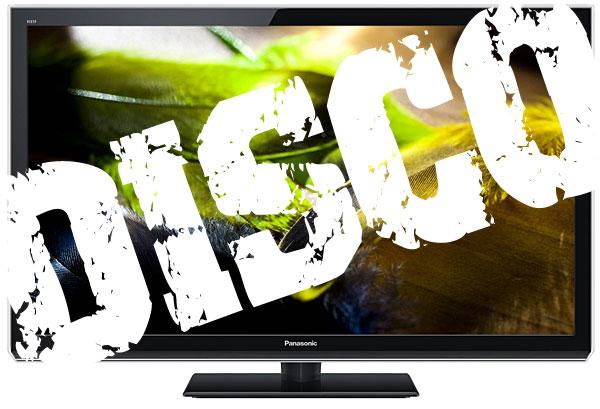
Welcome to the secret language of consumer electronics (CE) retailing. To the public, a set that discos should be mounted on a turntable so that the screen can be swung around by viewing partners from opposite directions. But to those who sell TVs, the term is shorthand for discontinued.
Once a TV discos, the retailer will refer to the model as DLNA. No, the letters don’t stand for Digital Living Network Alliance, although the TV may well be DLNA-enabled for streaming photos, music, and videos from a computer or storage device on a home network. In CE terms, it means Discontinued Line Not Available.
When the TV was available, it was called a SKU. The latter is jargon that even people selling TVs don’t have a clue is an acronym. That’s because they never write it down. They simply pronounce it as “skew” and use it as a noun or verb. One salesperson might ask another, “What’s the skew, please?” Or, “Has the product been skewed up yet?”
What the salesman is really asking is whether a new product has been assigned a unique letter-number combination and entered into the retailer’s database. You can skew CE pros for not knowing what SKU stands for, but most couldn’t care less. They just want to move product. By the way, SKU is the quaint acronym for Stock Keeping Unit.
When it comes to pricing the SKU, manufacturers have dumped a bucket of abbreviations on retailers. One of the most draconian (from a consumer’s point of view) is UPP, and no, it has nothing to do with UPN, the disco’d TV network. Nor does UPP have anything to do with UPnP as in Universal Plug and Play. What it has everything to do with is control of the world—the retailing world, that is. For example, if a company comes out with a 90-inch TV it expects will be in high demand and doesn’t want to see its dealers undercut one other, it will issue a Unilateral Pricing Policy.
UPP takes MSRP to the next level. The manufacturer’s suggested retail price is just that—a suggestion. A pleasant thought. A walk in the park. Have a nice day. Just don’t advertise anything less than the MSRP even if—wink, wink—you’re telling customers to come on down or give us a call if they want to know just how low we’ll go. UPP, on the other hand, is unilateral and policy. It’s like the Authority on True Blood. As any vampire knows, you don’t want to mess with the Authority. Doing so could result in the True Death. Or in the case of the CE dealer, being cut off from all shipments from a UPP-policing manufacturer.
Another abbreviation you don’t hear every day is AIO. A TV with a built-in DVD player is an AIO, which means all in one. While an AIO is produced in a factory by the manufacturer, another kind of bundle—called a kit—is more likely put together by the retailer.
Let’s say there’s a hot new digital single-lens reflex (DSLR) camera the retailer can’t get enough of. Well, the camera’s no good without a lens, typically sold separately. If the retailer bundles a lens that’s less desirable than the camera body, more people will be willing to buy them together—particularly if the body by itself is backordered but the kit is available immediately.
The thing about a kit (not an acronym, although it could rightly stand for Keep It Turnkey, as in a turnkey system) is that a bundle simplifies a buying decision. The most popular turnkey solution for consumers is the HTIB (home theater in a box). That’s an example of a manufacturer’s kit in which all the components are packed in the same carton. An HTIB is appropriate for the novice who brought home a TV and now wants to experience the type of discrete-channel surround sound heard in a movie theater. They just don’t want to be bothered picking out a receiver, multiple speakers, subwoofer, and wires.
So, if you’re planning to buy an HTIB, make sure it hasn’t disco’d. Also, if you’re seeking a better deal, you’ll more likely get one from a retailer that acknowledges the MSRP by not advertising the price. And stay away from a UPP-enforced AIO unless you’re willing to pay full MSRP no matter where you buy it. Got all that? You’re A-OK
